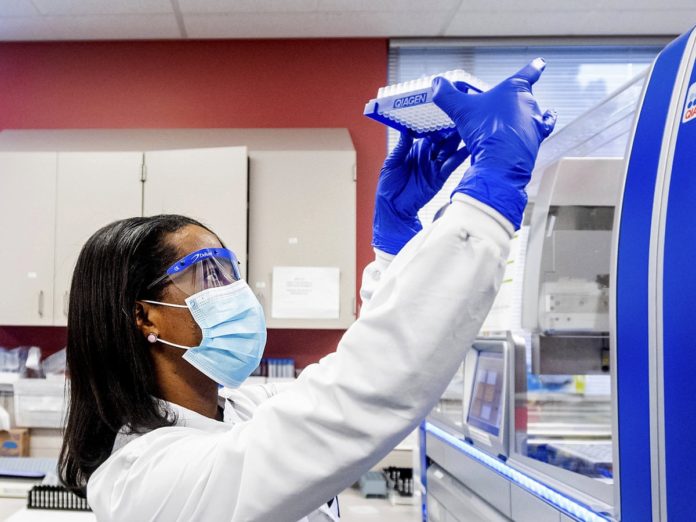Since the detection on the covid-19 Omicron variant, several countries, including Canada, have recorded high infection rates. In similar news on the omicron variant, scientists are keeping a close eye on a subvariant that is rapidly spreading in some countries.
The BA.2 sub-lineage of Omicron, which was first detected in November last year, was designated as a variant under investigation by the U.K. Health Security Agency (UKHSA) on Friday.
According to data gathered by cov-lineages.org, more than 10,000 cases have been reported in 47 countries. Canada has recorded 51 cases of the BA.2 variant so far, and these have been mainly from international travelers, the Public Health Agency of Canada (PHAC) confirmed to Global News on Tuesday.
“The virus is multiplying so much now globally that a new variant will pop up, and there are already subvariants related to the Omicron (variant),” said Dr. Horacio Bach, an infectious diseases expert at the University of British Columbia.
BA.2 has been nicknamed the “stealth omicron” by some scientists because its genetic composition makes it harder to track in a polymerase chain reaction (PCR) test.
The covid-19 Omicron variant of current concern, B.1.1.529, has four sub-lineages: BA.1, BA.1.1, BA.2 and BA.3.
Globally, the BA.1 accounts for the vast majority of the Omicron cases currently, according to the World Health Organization (WHO).
“This BA.2 variant of the Omicron virus is growing strongly compared to the original Omicron virus, BA.1,” – the Norwegian Institute of Public Health.
“The properties of the virus are not known other than that it is more contagious than BA.1 and is also increasing in Denmark and Sweden, and may appear to be taking over BA.1 already.”
Experts have however posited that further research is needed to better understand how much more transmissible this subvariant is than the original Omicron.
“It looks like it’s infecting more aggressive[ly] compared to the regular Omicron, but it’s still under investigation and too early [to tell],” said Bach.
“If it is more transmissible, the vulnerable population will be impacted more,” he added.
The WHO said investigations into the characteristics of BA.2, including immune escape properties and virulence, should be prioritized independently to BA.1.
Source: globalnews.ca


